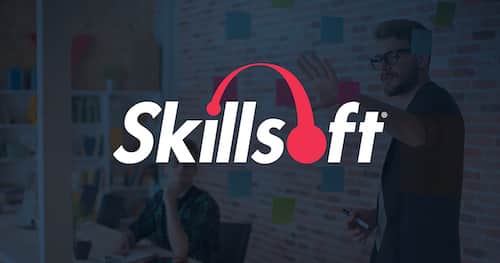by Jim Lundy
Skillsoft, a provider of online courses and learning management systems, declared bankruptcy on June 13th. I can’t say that the news of Skillsoft filing Chapter 11 was a surprise, but this blog discusses aspects of what will come next for Skillsoft and its subsidiary SumTotal Systems.
Planned Bankruptcy—Be Like Hertz
The intent of this kind of bankruptcy filing is to retire a large amount of debt, in some cases even as much as $19 billion dollars of debt can be retired, such as in the recent Hertz filing. This shift to using bankruptcy as a way to rationalize balance sheets should be a concern to both investors and buyers.
Skillsoft—Financial Engineering and One Asset Too Many
Skillsoft and one of its original founders, Jerry Moran, provides a current example of financial engineering. If we only go back ten years, Skillsoft went private in 2010 in a $1.2 billion deal. Jump ahead to April 2014 and the owners of Skillsoft did another deal, this time selling to Charterhouse Capital Partners for a reported price of $2.3 billion. This amounted to at least a doubling of the value of the original deal that took Skillsoft private.
At the same time, Silverlake was trying to sell SumTotal Systems, which it acquired in 2010. After Charterhouse bought Skillsoft in 2014, it then purchased SumTotal in October 2014 for an undisclosed price.
The Skillsoft SumTotal Merger Did Not Work
While there were great expectations around the deal, in the end the two firms did not integrate well. So, after a period of time, rumors spread of repeated attempts by Skillsoft to sell SumTotal Systems. After time, the total debt proved to be too much and given the constant change in leadership at Skillsoft, leaders were often not around long enough to push a deal to sell SumTotal.
The New Bankrupt Skillsoft—Retiring Debt
So, the current plan is to retire close to $1.5 billion in debt, reducing total debt from $2.1 billion to $585 million. That is a huge hit to creditors, but it looks like the outcome was already negotiated, based on a press release from Skillsoft. In return, they get 96% equity in the firm.
Bankruptcy as a Strategy
While bankruptcy has always been an option, now it appears to be a strategy. Skillsoft’s owners shrewdly negotiated this arrangement and the creditors win big. Skillsoft continues on as an entity—with questions about the future.
A Future Without SumTotal
We expect a sale of SumTotal as an outcome of this deal. It may have to be priced at closer to what Silverlake originally paid for the firm, not the price that Skillsoft paid in 2014, but nevertheless, we anticipate that a deal will be closed.
Bottom Line
Skillsoft’s financial play demonstrates the changing enterprise understanding of when to file bankruptcy. At the same time, it poses worrisome implications for investors and for the regulators who define requirements to file bankruptcy. These parties may need to recalibrate their understanding of bankruptcy around these new strategic approaches. It remains to be seen what these developments will entail for the elearning firm itself or for Skillsoft competitors, but it is clear that financial engineering is becoming an ever-more popular solution to debt.

